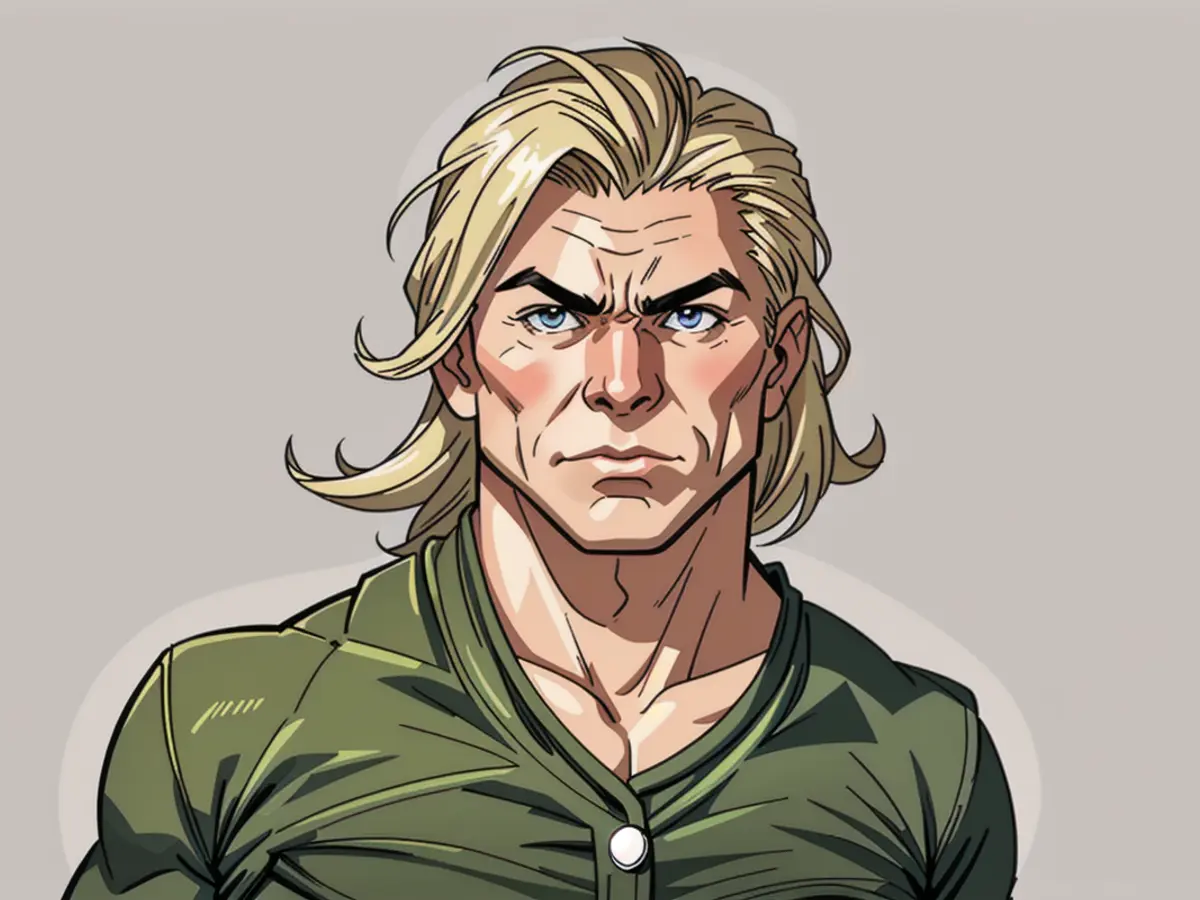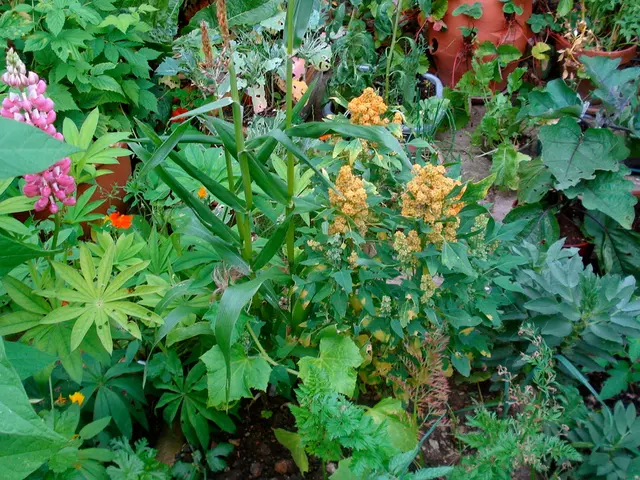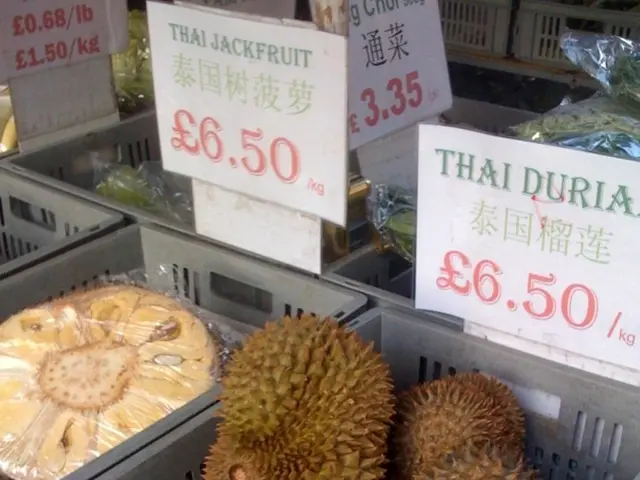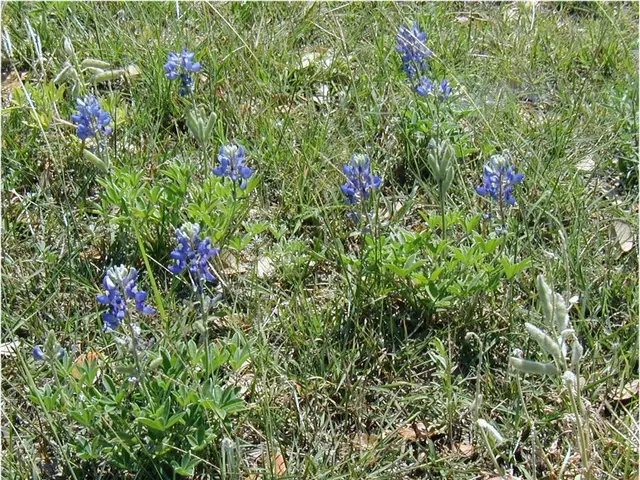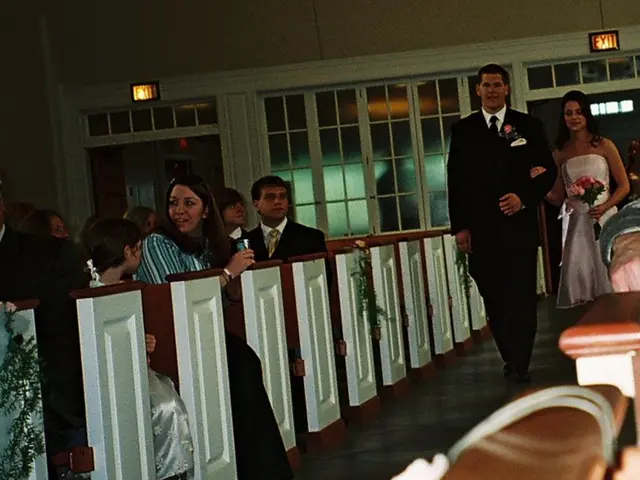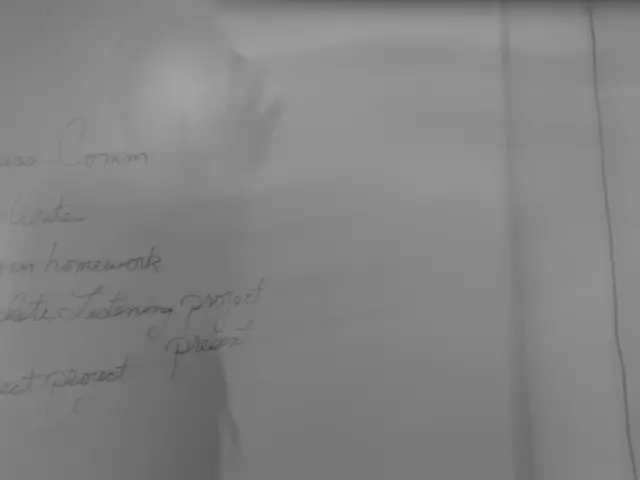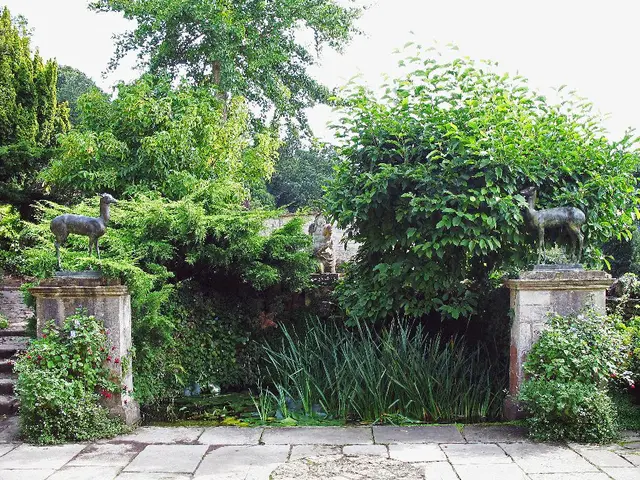Preparing for Winter’s Chill: Should You Protect Your Outdoor Plants Like Martha Stewart?
About a week ago, home decor and gardening enchantress Martha Stewart shared a snapshot on Instagram of her stunning boxwood bushes on her extensive estate in Bedford, New York, preparing to be enveloped in burlap for the winter.
On her blog, she delves into the intricacies of this yearly ritual, which she applies to her entire outdoor garden as well. According to Martha, this method protects the branches from the damaging effects of heavy snow, ice, and wind. Moreover, she claims that the burlap shields her stone and concrete planters from cracking due to extreme temperature changes.
Although burlap may not be impervious to the harshness of freezing temperatures, Martha asserts that it is the superior choice due to its ability to permit air circulation and its biodegradable nature.
Our curiosity was piqued. Is this an annual practice more homeowners should consider as the winter chill sets in, in pursuit of a lush landscape come springtime? The undertaking seems arduous, and Martha has an entire team of gardeners at her disposal to help get the job done. Is it worth the effort for the average gardener? We sought the insight of two professional landscaping experts to determine if Martha's methods are truly worth adopting—or if this is a task best avoided.
- *Christina Koether*, gardening designer and proprietor of Nomadica in Connecticut
- *Hadley Peterson*, landscaping designer and owner of Hadley Peterson Landscape Design in Northern New Jersey
Insights from Expert Gardening Professionals
“I agree with Martha's methods in wrapping her boxwoods and understanding their rationale,” says Hadley Peterson, a landscape designer based in Summit, New Jersey. “Boxwoods of such size are susceptible to damage from heavy snow, which can break branches.” However, Peterson does not indulge in this practice for herself or her clients' plants, nor does she observe her colleagues doing so. Exposed areas or plants susceptible to street salt are the only instances she may consider applying this practice.
Although she does not employ the method herself, Peterson does remove snow from her boxwoods and arborvitae following a snowfall for the same reasons Martha wraps hers. Regarding planters, she stores certain susceptible plants, such as hydrangea and figs, in her garage.
On the other hand, Christina Koether, a gardening designer and florist based in Weston, Connecticut, advocates that the decision to burlap your plants relies on your location. “The USDA hardiness zone and your garden's microclimate should be taken into consideration,” she says. According to Koether, wrapping plants is essential to avoid damage in zones 5 and 6, which keeps the shrubs or pots five to seven degrees warmer during a extreme cold snap. “I only encounter heavy snowfall issues in my garden, so I opt to remove it myself or with my children.”
Koether advises gardening enthusiasts in zone 7 to be mindful of heavy snowfall, wind, and proximity to road salt. If two out of the three factors are present, wrapping the boxwoods is suggested, while prioritizing planters regardless. Ultimately, the level of comfort with risk and degree of exposure to snow, wind, and salt determines the necessity for wrapping.
Another aspect to consider is aesthetics. Peterson points out that the look of the burlapped plants does not complement her property's small yard. “I prefer to maintain a view of greenery in my gardens, as that is their primary purpose,” she says.
Should You Wrap Your Outdoor Plants?
If you are willing to invest the time and resources into this practice, particularly for homeowners in zones 5 and 6, it is something to seriously consider. However, your plants should be able to withstand the winter conditions if you opt to forgo this task, knowing to remove heavy snow from your shrubs promptly and keeping a safe distance from road salt.
If you wish to engage in this process, Koether suggests wrapping it around mid- to late-November, or when nighttime temperatures consistently dip below freezing. Unwrap it around late March, when nighttime temperatures consistently remain above freezing.
Unsurprisingly, Martha's plants are well-protected by her diligent efforts to ensure their resilience through the harsh winter months.
Based on the insights from gardening expert Christina Koether, wrapping boxwoods is essential in USDA hardiness zones 5 and 6 to keep shrubs or pots five to seven degrees warmer during extreme cold snaps. However, in zone 7, only homeowners who are exposed to heavy snowfall, wind, and proximity to road salt should consider wrapping their boxwoods. (RealSimple, Hadley Peterson)
Despite the benefits of wrapping outdoor plants, garden designer Hadley Peterson prefers not to use this method due to aesthetic reasons. She believes that the look of burlapped plants does not complement her small yard and prefers to maintain a view of greenery in her gardens. (RealSimple)
